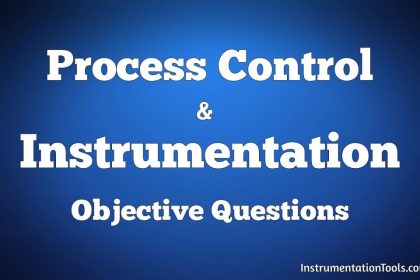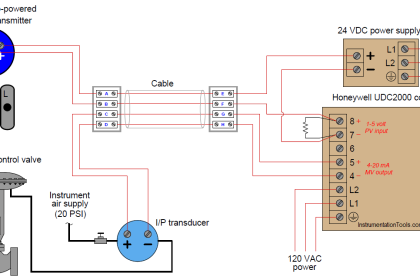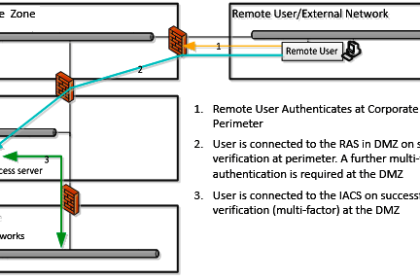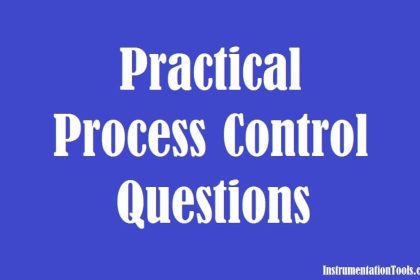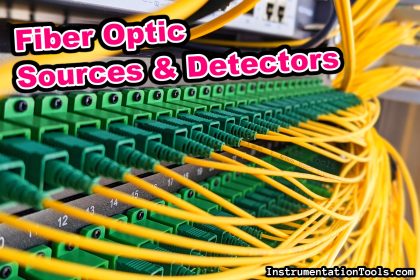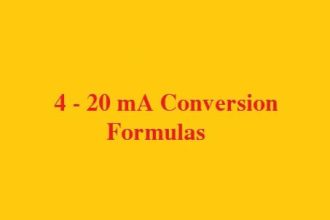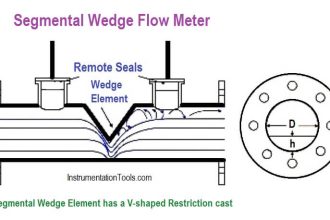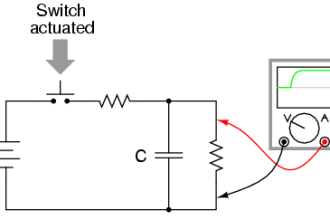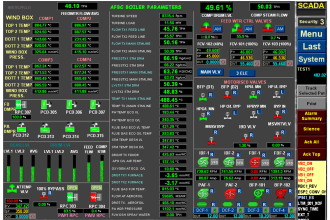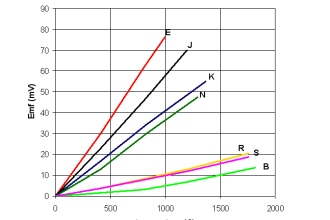Test your knowledge on Proportional Integral Derivative (PID) controllers with this question and answer MCQ article. This article covers the basics, applications, tuning methods, and useful tips for automation professionals.
Proportional Integral Derivative Controllers
We provided detailed explanations for each question on the PID controllers in the below video. This video helps you check your knowledge of industrial PID controllers.
Question 1
What does the ‘P’ in PID controller stand for?
A. Position
B. Proportional
C. Process
D. Performance
Show the Answer
Proportional
Question 2
What does the ‘I’ in PID controller stand for?
A. Integer
B. Initial
C. Integral
D. Intercept
Show the Answer
Integral
Question 3
What does the ‘D’ in PID controller stand for?
A. Delay
B. Derivative
C. Difference
D. Direct
Show the Answer
Derivative
Question 4
Which term in a PID controller helps to eliminate steady-state error?
A. Proportional
B. Integral
C. Derivative
D. Integral and Derivative
Show the Answer
Integral
Question 5
How does the Derivative term in a PID controller affect the system?
A. It reduces the steady-state error
B. It responds to the rate of change of error
C. It corrects the current error
D. It provides an anticipatory correction
Show the Answer
It responds to the rate of change of error
Question 6
What is the primary function of a PID controller in a control system?
A. To amplify signals
B. To reduce noise
C. To provide robust and stable control
D. To measure system output
Show the Answer
To provide robust and stable control
Question 7
In a PID controller, what effect does increasing the Proportional gain have?
A. Reduces system response time
B. Increases steady-state error
C. Increases system stability
D. Reduces the rate of error change
Show the Answer
Reduces system response time
Question 8
What happens if the Integral gain is set too high in a PID controller?
A. System becomes slow to respond
B. System becomes more stable
C. System experiences excessive oscillation
D. System becomes more accurate
Show the Answer
System experiences excessive oscillation
Question 9
Why is the Derivative term also known as the “predictive” component?
A. It predicts future system outputs
B. It predicts the system’s setpoint changes
C. It predicts future errors
D. It predicts the integral action’s effect
Show the Answer
It predicts future errors
Question 10
What is the primary disadvantage of a PID controller without tuning?
A. Fast response to disturbances
B. High cost
C. Complexity in design
D. Poor performance due to improper parameter settings
Show the Answer
Poor performance due to improper parameter settings
Question 11
What does tuning a PID controller involve?
A. Setting the correct sensor type
B. Adjusting Proportional, Integral, and Derivative gains
C. Calibrating the output device
D. Synchronizing multiple controllers
Show the Answer
Adjusting Proportional, Integral, and Derivative gains
Question 12
Which PID term is most responsible for damping system oscillations?
A. Proportional
B. Integral
C. Derivative
D. Proportional and Integral
Show the Answer
Derivative
Question 13
What is the impact of too high a Derivative gain in a PID controller?
A. Increased noise sensitivity
B. Decreased control accuracy
C. Reduced system responsiveness
D. Increased stability
Show the Answer
Increased noise sensitivity
Question 14
How does the Integral term affect the transient response of a system?
A. It speeds up the response
B. It slows down the response
C. It has no effect on transient response
D. It stabilizes the response
Show the Answer
It slows down the response
Question 15
What is the main role of the Proportional term in a PID controller?
A. To predict future errors
B. To integrate the error over time
C. To provide a control action based on current error
D. To dampen the system response
Show the Answer
To provide a control action based on current error
Question 16
In what scenario would you primarily use a PI controller instead of a PID?
A. When dealing with noisy systems
B. When fast response is required
C. When the system is highly stable
D. When predictive control is necessary
Show the Answer
When dealing with noisy systems
Question 17
What happens if both Proportional and Integral gains are too high?
A. The system will stabilize quickly
B. The system will oscillate excessively
C. The system response will slow down
D. The system will have zero steady-state error
Show the Answer
The system will oscillate excessively
Question 18
Which aspect of PID controllers helps in dealing with sudden disturbances?
A. Proportional action
B. Integral action
C. Derivative action
D. Combined PI action
Show the Answer
Derivative action
Question 19
What is the typical result of having a zero Derivative gain in a PID controller?
A. Increased system noise sensitivity
B. No response to rate of change of error
C. Faster system response
D. Higher steady-state error
Show the Answer
No response to rate of change of error
Question 20
What can be the consequence of having a very high Proportional gain in a PID controller?
A. Reduced steady-state error
B. Excessive overshoot
C. Faster response
D. No effect on the system
Show the Answer
Excessive overshoot
Question 21
Which term in a PID controller is adjusted to reduce the overshoot of the system response?
A. Proportional
B. Integral
C. Derivative
D. Proportional and Integral
Show the Answer
Derivative
Question 22
What role does the reset windup phenomenon play in PID controllers?
A. It stabilizes the system
B. It improves the transient response
C. It causes excessive overshoot
D. It leads to integrator saturation
Show the Answer
It leads to integrator saturation
Question 23
Which tuning parameter primarily influences the speed of the system’s response?
A. Proportional gain
B. Integral gain
C. Derivative gain
D. None of these
Show the Answer
Proportional gain
Question 24
What is the effect of having a non-zero Derivative term in a PID controller?
A. Increased steady-state error
B. Reduced control accuracy
C. Improved damping and stability
D. Increased response speed
Show the Answer
Improved damping and stability
Question 25
What is the primary benefit of using a PID controller over a PI controller?
A. Improved noise rejection
B. Faster system response
C. Enhanced steady-state performance
D. Better handling of dynamic changes
Show the Answer
Better handling of dynamic changes
Question 26
Which term in a PID controller can be adjusted to reduce steady-state error without affecting the speed of response significantly?
A. Proportional
B. Integral
C. Derivative
D. Proportional and Derivative
Show the Answer
Integral
Question 27
In a PID controller, what does the term “gain” refer to?
A. The response speed
B. The amplification factor of each term
C. The noise filtering capability
D. The stability of the controller
Show the Answer
The amplification factor of each term
Question 28
How does the Integral term in a PID controller handle accumulated error over time?
A. It resets the error to zero
B. It integrates the error
C. It predicts future errors
D. It differentiates the error
Show the Answer
It integrates the error
Question 29
What is the typical result of improper tuning of the Proportional term in a PID controller?
A. Enhanced stability
B. Increased energy consumption
C. System oscillations
D. Faster response time
Show the Answer
System oscillations
Question 30
What is a key disadvantage of using a high Integral gain in a PID controller?
A. Reduced response time
B. Increased noise sensitivity
C. Integral windup
D. Decreased control accuracy
Show the Answer
Integral windup
Question 31
Why is anti-windup important in PID controllers?
A. It increases system speed
B. It enhances stability and prevents integrator saturation
C. It improves noise immunity
D. It simplifies controller design
Show the Answer
It enhances stability and prevents integrator saturation
Question 32
What is the primary consideration when implementing a PID controller in a new system?
A. Cost of the controller
B. Compatibility with existing systems
C. Correct tuning of the PID parameters
D. Availability of spare parts
Show the Answer
Correct tuning of the PID parameters
Question 33
What happens if the Proportional gain is set too low in a PID controller?
A. The system becomes unstable
B. The response is too slow
C. The steady-state error increases
D. The system overshoots the setpoint
Show the Answer
The response is too slow
Read Next:
- What is PID a Controller?
- Overview of PID Control terms
- Automation and Control Questions
- PID Controller Output Types
- Programming & Tuning PID Controller
